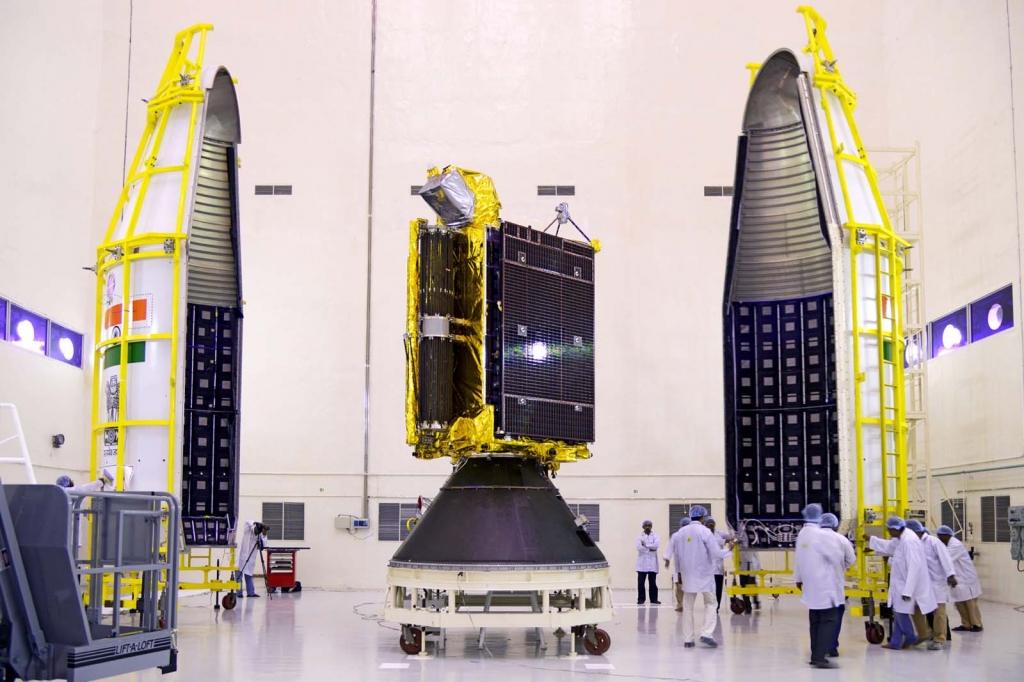India’s latest communication satellite GSAT-6 to be launched today
On Wednesday, the countdown began for the launch of India’s latest communication satellite GSLV-D6. The Indian Space Research Organisation (ISRO) is all set for launching its twenty-fifth home-made communications satellite in space using the Geo-synchronous Satellite Launch Vehicle (GSLV) that uses an Indian made cryogenic engine being tested for the third time.
The launch vehicle is powered by the indigenously developed upper cryogenic stage and will be flown at 4.52 p.m. on August 27 from Sriharikota in coastal Andhra Pradesh. The present flight-test of the engine is aimed at validating ISRO’s prowess in the complex cryogenic technology. Attempts to save GSAT-1 by using its own propulsion system to maneuver it into the proper orbit were also unsuccessful as it ran out of fuel several thousand miles below geosynchronous orbit.
GSAT-6 is the 25th geostationary communication satellite of India built by ISRO and 12th in the GSAT series.
One of the advanced features of GSAT-6 satellite is its S-band unfurlable antenna with a diameter of six metre. The spot beams exploit the frequency reuse scheme to increase frequency spectrum utilisation efficiency.
Five of GSAT-6’s predecessors were launched by GSLV during 2001, 2003, 2004, 2007 and 2014 respectively. The spacecraft will be gradually moved and finally positioned over the country at 83 degrees East longitude in the coming days.
ISRO’s other launch vehicle, the light-lift PSLV, is a big success after 30 flights in 22 years, lifting Indian spacecraft to Moon and Mars apart from several Earth observation satellites, a national communications satellite and 45 small foreign satellites.
The 2,117 kg Indian-made satellite carries a very special giant antennae which will open up in space like an umbrella. GSLV stands out from the Polar Satellite Launch Vehicle(PSLV) for a cryogenic engine in its guts.
The main engine and two smaller steering engines of the CUS together provide a nominal thrust of about 73.55 kN in a vacuum. Sriharikota sits just on the equator, considered next best only to Kennedy Space Center in the US.
This would be the first GSLV mission for Isro in 19 months, the last one being the successful GSLV-D5 mission in January a year ago.








